To understand the pressure of gaining access to the most elite club in golf, that of achieving a career Grand Slam, it is worth noting those who failed. Arnold Palmer, tick! Tom Watson, tick! Lee Trevino, tick! Sam Snead, tick! The list is a long one, but those names – legends in their own lifetimes – serve to underscore the difficulty of achieving the feat, of how hard it actually is to close the deal. In that one quest, they were deemed failures.
Indeed, only five men have ever achieved the Grand Slam in the modern era where the Masters, the US Open, the Open and the US PGA make up that accolade: Gene Sarazen, Ben Hogan, Gary Player, Jack Nicklaus and Tiger Woods. Only Nicklaus and Woods, in a world of their own, managed to do so on multiple occasions.
There's an added dimension to this golfing year, with three players on the cusp of gaining admission to the club. It has added spice to the mix. Rory McIlroy, Phil Mickelson and Jordan Spieth are each seeking to add the one missing piece to the jigsaw: McIlroy at this week's Masters; Mickelson at the US Open, and Spieth at the US PGA. Golfing immortality beckons, but there is no guarantee in this life of actually getting over the line.
“I view those players that have won the four Majors totally different than I view all the others,” observed Mickelson.
Yet, that only five over time ever managed to reach that pedestal is proof of how tough and of how high the climb is. And past failings demonstrate how pressure affected some golfing greats, when the great prize, within touching distance, proved elusive.
Missing link
In Palmer's case, the missing link proved to be the PGA. Three times he finished runner-up, the Wannamaker Trophy out of reach. In Watson's case, the PGA was also his torment: he had 31 cracks at the championship, his closest call being in 1978 when he led by five strokes after 54 holes only to implode in the final round, ultimately losing out in a play-off to John Mahaffey. In Trevino's case, it was the Masters which evaded his clutches; it was a course that simply didn't suit him, and his best finish in 20 attempts was a tied-10th.
And Snead? Well, his tales of woe are hard to beat. The man known as Slammin’ Sam won three Masters, three PGAs and one British Open . . . but never won the US Open. On no fewer than four times, Snead finished runner-up in the championship he coveted more than any other. Some of them were heart-breaking losses: in 1937 – at Oakland Hills – he triple-bogeyed the 72nd hole when a par would have won; and, then, in 1947, Snead missed a two-footer in a play-off to lose to Lew Worsham in St Louis.
It was Player, who did manage to get it done, who summed up the strain placed on a player trying to seal the deal. “You have to do everything to get that last one. I’m not surprised only five men in history have done the Grand Slam. Sam Snead was the greatest athlete in golf by a mile but never won the US Open. Palmer never won the PGA. Neither did Tom Watson. The last one was the most pressure I ever had in my life,” said the South African.
Ah yes, pressure. Except, Woods – in becoming the youngest to complete the career Grand Slam – exuded none. That was in 2000, when he played a different game to everyone else. In the US Open at Pebble Beach that year, he won by a record 15 shots. The following month, in capturing his first Claret Jug, he won the British Open at St Andrews by eight. The week before completing his first career Grand Slam (he has three), Woods had spent the week with his friend Mark O’Meara playing golf and angling in Ireland. No pressure there, either.
Tranquil
It was on his way up the 18th fairway, with the R&A clubhouse ahead of him, that Woods turned to his caddie, Steve Williams, and acknowledged his achievement in a pressure-free zone. "I told Stevie, walking up 18, there comes a point in time when you feel tranquil, when you feel calm; you feel at ease with yourself. And those two weeks [at Pebble Beach and St Andrews] I felt that way. I felt very at ease with myself. And for some reason, things just flowed. And no matter what you do, good or bad, it really doesn't get to you. Even the days when you wake up on the wrong side of the bed, for some reason, it doesn't feel too bad; it's just all right. And to have those weeks just happen to coincide with Major championships is even better," recalled Woods.
The experience of Woods, though, was the exception rather than the rule. For too many, chasing the Grand Slam proved to be a pressurised environment that polluted their dreams; that only five men found the secret, and that Woods, the last one to achieve the feat, did so all of 18 years ago provides evidence of just how hard it is to realise what many for is the impossible.
So it is that three of the modern era of players have now managed to get into position. And first up this year, as every year, will be McIlroy at the Masters. It gives him a head start on Messrs Mickelson and Spieth, a chance to strike first. “Rory’s favourite [to reach the Grand Slam first], because he gets the first chance, he would be in the driver’s seat,” conceded Spieth, who has to wait until the final Major of the year – the PGA at Bellerive – for his shot at glory. Mickelson’s comes in June at the US Open in Shinnecock Hills, where he finished runner-up to Retief Goosen in 2004.
But it's not really about who will, or can, do it first; it is about doing it at all, and this will be McIlroy's fourth attempt at completing the Slam since his 2014 British Open success gave him three legs of the four-part equation. For each of the past three years, McIlroy has driven up Magnolia Lane with the weight of expectation on his shoulders. Each time, without really contending, he has still fashioned top-10 finishes: fourth in 2015; tied-10th in 2016, and tied-seventh a year ago.
“Rory’s biggest challenge is that he has history on his shoulder. Only five guys have ever won the Grand Slam. There’s a reason why, it’s a very, very difficult thing to accomplish. He is on the edge of history . . . [it’s] about getting into contention, he has to give himself a chance. If he gets into contention, the fireworks can happen like they did in Bay Hill [when he won the Arnold Palmer Invitational],” said former European Ryder Cup captain Paul McGinley, an analyst at the Masters with Sky Sports.
So, perhaps the secret to unlocking the code to a green jacket is actually for McIlroy to use the pressure of contending as a positive, not as a negative.
The Famous Five
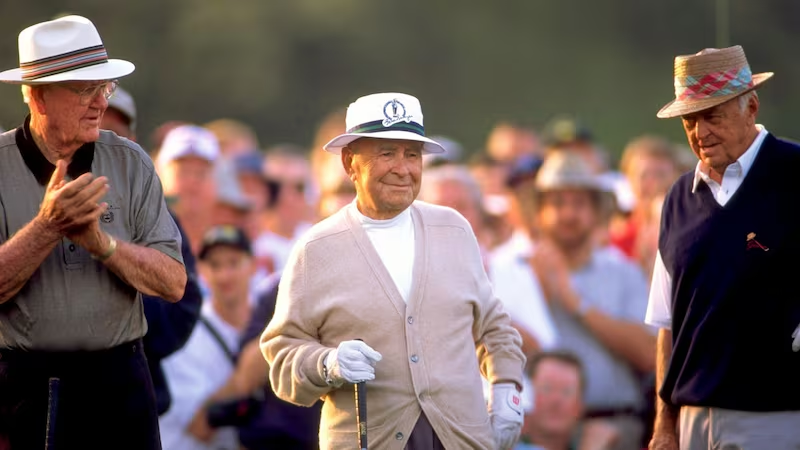
Gene Sarazen
When "The Squire" won the 1935 Masters – one where his albatross on the Par 5 15th was proclaimed as "the shot heard 'round the world" – to add to his US Open, British Open and US PGA successes, he became the first player to achieve the Grand Slam. Not that he knew it, because the term only grew legs in 1960 when Arnold Palmer – who'd won the Masters and the US Open – was attempting to win all four in the one year. Sarazen's albatross enabled him to get into a 36-holes play-off with Craig Wood, which he won by five strokes. Unknown to him, he'd created history by becoming the first member of the Grand Slam club.
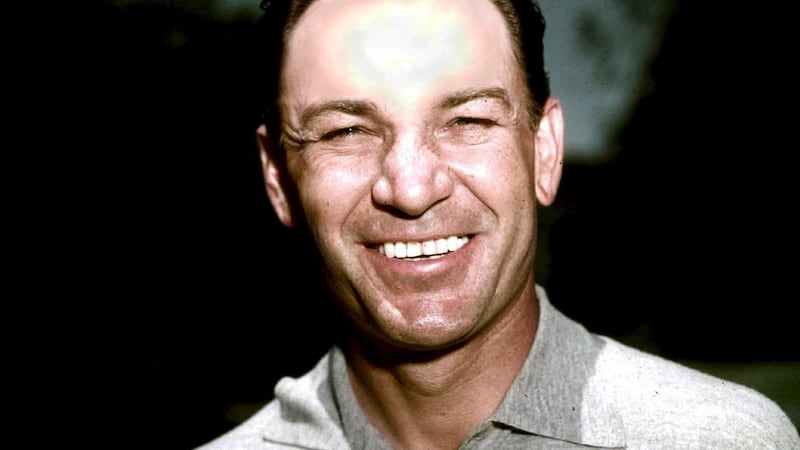
Ben Hogan
Four years after surviving a head-on crash with a bus which left him with a double-fracture of the pelvis, a fractured collar-bone, a fractured ankle and a chipped rib, Hogan completed the career Grand Slam with victory in the 1953 British Open at Carnoustie. Hogan’s playing itinerary was limited because of the effects of the accident, which led to lifelong circulation problems, but of the six tournaments he played in 1953 he won five. And three of them were Majors: the Masters, US Open and British Open (which he won by four strokes). He was denied the chance of winning all four Majors in the one way due to the PGA overlapping with the British Open.
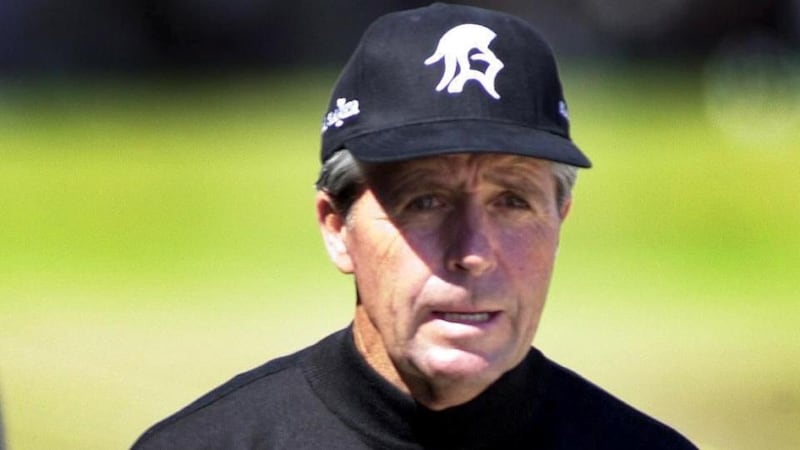
Gary Player
The only non-American to win the career Grand Slam, Player’s win in the 1965 US Open at Bellerive earned him membership of the elite club. But he did it the hard way. Carrying a three shot lead into the final three holes of the final round, the so-called “Black Knight” wavered, a double-bogey at the Par 3 16th very nearly ruined his quest for glory but he was given a reprieve by earning a play-off with Kel Nagle and took full advantage of his second chance, emerging a three-stroke winner.
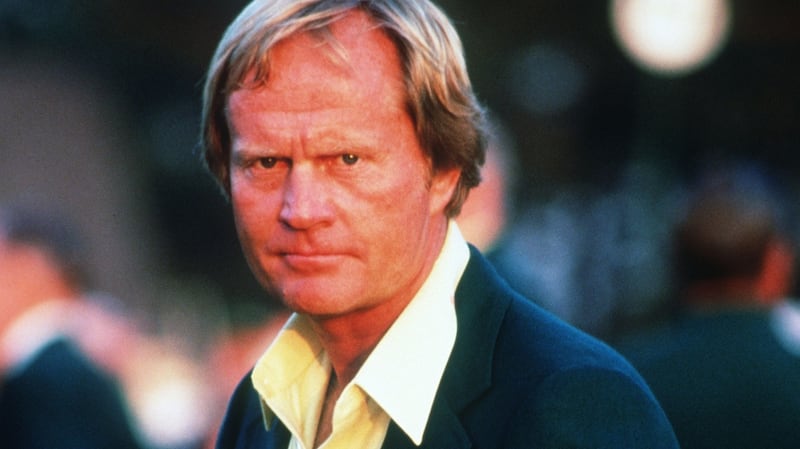
Jack Nicklaus
Nicklaus – aka The Golden Bear – has completed the career Grand Slam three times, first achieving the feat with his victory in the 1966 British Open at Muirfield. Although just 26 years of age at the time, Nicklaus displayed no nerves in his bid to become the youngest member of the Grand Slam club and led after the first round, share the lead at the midpoint, and trailed Phil Rodgers by two strokes heading into the final round where he shot a 70 for 282 (two-under) and a one stroke margin over Doug Sanders and Dave Thomas.
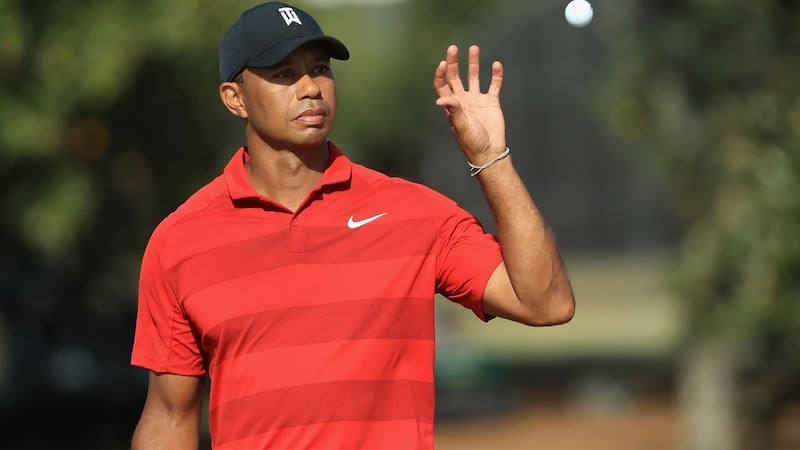
Tiger Woods
Tiger Woods was in a league of his own when he became the youngest player ever to achieve the career Grand Slam. Having won the previous month's US Open by a record 15 shots, Woods conquered the Old Course at St Andrews to claim the 2000 British Open by eight. It gave him his first (of three) Grand Slams, and he would go on to become the first player in history to hold all four at the same time when he added the 2000 US PGA and the 2001 US Masters.













